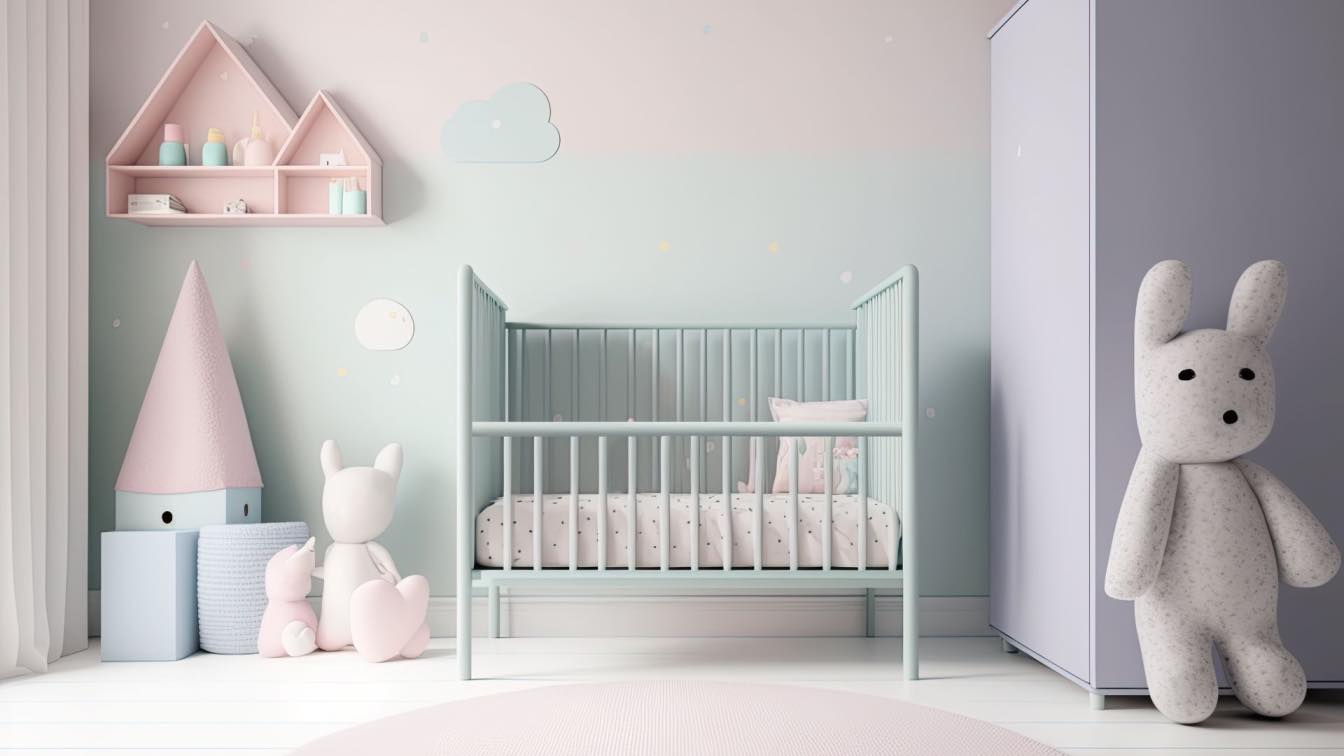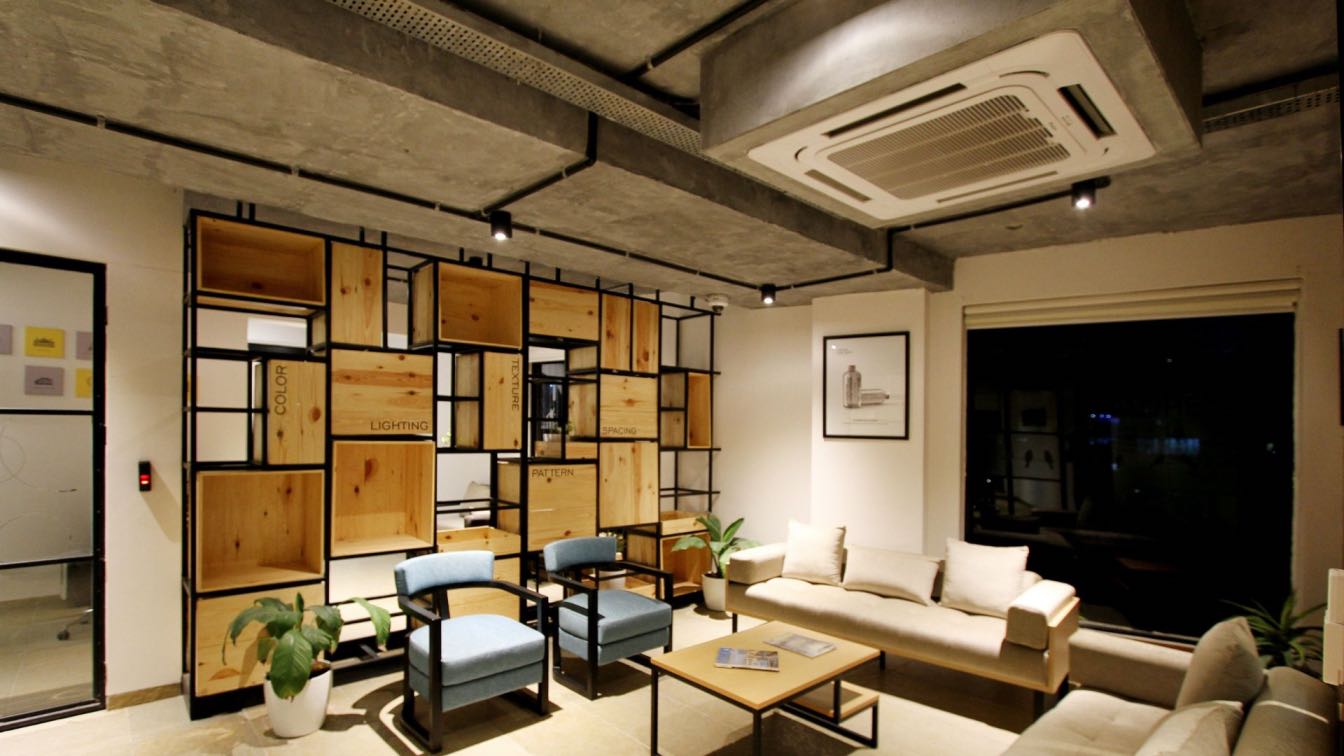A comfortable temperature in a child's room plays an important role in maintaining the health and well-being of the child. Violation of the temperature regime can cause not only discomfort, but also respiratory diseases, problems with sleep, and immunity, and aggravate chronic diseases. If you are interested in installing an air conditioner in a children's room and are looking for Fair Oaks HVAC repair services, then this article is for you. You will learn how to choose an air conditioner for a children's room, what criteria it must meet, and what functions it has.
Basic Criteria For Choosing An Air Conditioner For a Children's Room
Parents are concerned about the health of their children, as well as ensuring that they are comfortable in their rooms. That is why, when choosing an air conditioner, the quiet operation of the device and the ability to maintain optimal temperature without sudden changes and drafts come to the fore, so that the directed flow of cold air does not cause colds or other health problems.
Low Noise Level
During the daytime, background noise from an air conditioner is unlikely to disturb a child, since children are usually active. However, they are especially sensitive during sleep. Air conditioning can make it difficult for them to fall asleep and cause them to wake up at night. That is why choosing an air conditioner with a low noise level is a necessary condition for ensuring trouble-free and high-quality sleep for your child.
Some air conditioners are specially designed with a focus on minimizing noise. For example, models with an inverter compressor make the operation of the split system almost silent.
When choosing an air conditioner, pay attention to the declared noise level, which is measured in decibels (dB). The lower the value, the quieter the device is.
No Temperature Changes
Sudden temperature changes can cause irritation, discomfort, and even colds, so a rational decision when choosing an air conditioner for a child’s room would be to give preference to models with smooth temperature control or intelligent temperature control function.
The latter uses sensors to continuously monitor and regulate the temperature in a room, taking into account external conditions: weather, the number of people in the room, and their activity.
Even Air Distribution
A direct flow of cold air directed at a child can cause discomfort, dry skin, and breathing problems. More serious consequences for the body in this case are colds and muscle inflammation.
Choosing an air conditioner that prevents direct airflow to the baby is key to ensuring safe cooling. This parameter is responsible for the blinds control function, which is usually called swing.
The “Swing” function allows you to control the position of the horizontal blinds in the air conditioner. Its main purpose is to ensure uniform distribution of the blown air or its direction. In some air conditioners, you can adjust the direction of airflow both horizontally and vertically, and also set the blinds to constantly swing to distribute air evenly.
Additional Flow Control Features
Convenient control of the air conditioner is an important aspect, especially for parents. Having the ability to program the operation of the air conditioner, you can set optimal operating modes at different times of the day, providing comfortable conditions for the child.
To control the flow of air and automatically remove it from a person, the air conditioner can be equipped with several additional functions. Let's take a closer look at them.
1. The "I Feel" function of the air conditioner uses the built-in temperature sensor in the control panel to maintain a comfortable temperature around it. You can choose the optimal value and place the remote control next to the child. The device will automatically maintain the required temperature in its vicinity.
2. The "SmartEye" function allows the air conditioner to automatically detect the position of the child and direct the airflow towards or away from him, which ensures comfortable and safe cooling anywhere in the room.
3. The “I See” function in the air conditioner works due to an infrared sensor that measures the temperature of surfaces around it. This data allows the device to regulate its operation and direct the airflow to areas with higher or lower temperatures, depending on the selected mode.
4. The “Intelligent Air Flow” function allows the air conditioner, operating in cooling mode, to direct airflow along the plane of the ceiling, and in heating mode, almost vertically downwards.
5. The “Intelligent eye” function works thanks to an infrared sensor that recognizes the presence of people in the room. If the sensor does not detect movement within 20 minutes, the air conditioner automatically turns off and does not consume electricity. This function is useful for an air conditioner in a children's room since children are mobile and often leave the room.
Night Mode Function
In night mode, the air conditioner reduces the fan speed, allowing it to operate more quietly and energy efficiently. The cooling intensity is reduced to the established limits, due to this the energy consumption of the split system is reduced.
Auto Clean Function
The air quality in the children's room should not suffer from the operation of household appliances. In the humid environment of the indoor unit of the air conditioner, various microorganisms, including viruses and bacteria, can accumulate and multiply.
To prevent this from happening, it is necessary to select a model with self-cleaning functions, which can be implemented by operating the fan and drying the indoor unit, by sterilization at temperatures up to 56 °C, as well as by freezing with subsequent removal of contaminants. You can get support in choosing, installing, and repairing HVAC systems for children's rooms from the Alpha Mechanical company.
What Temperature Should Be In The Children's Room?
Doctors recommend maintaining a moderate temperature in the children's room. In particular, for newborns, the optimal temperature is no more than 19 °C. For preschool and school-age children, the temperature in the bedroom and playroom may be higher, but not more than 24 °C.
Final Thoughts
To ensure air cooling in a comfortable mode for the child, the split system in the children's room must have certain functionality. The main task that the device must cope with is safe air cooling, which is achieved by smoothly changing temperature conditions, uniform air distribution, and diverting the airflow away from the child. We recommend contacting Alpha Mechanical if you need support with HVAC installation and repair in Fair Oaks.





